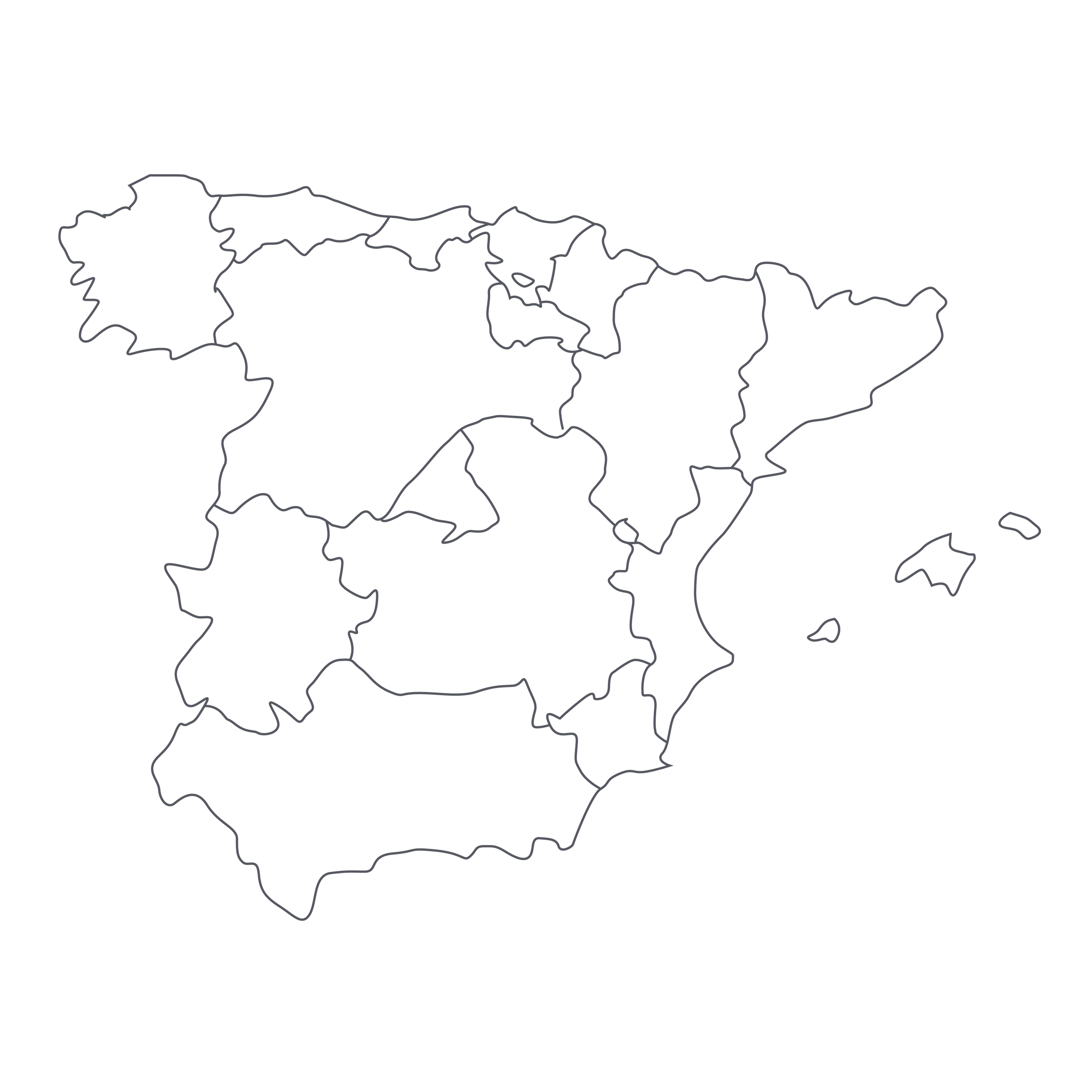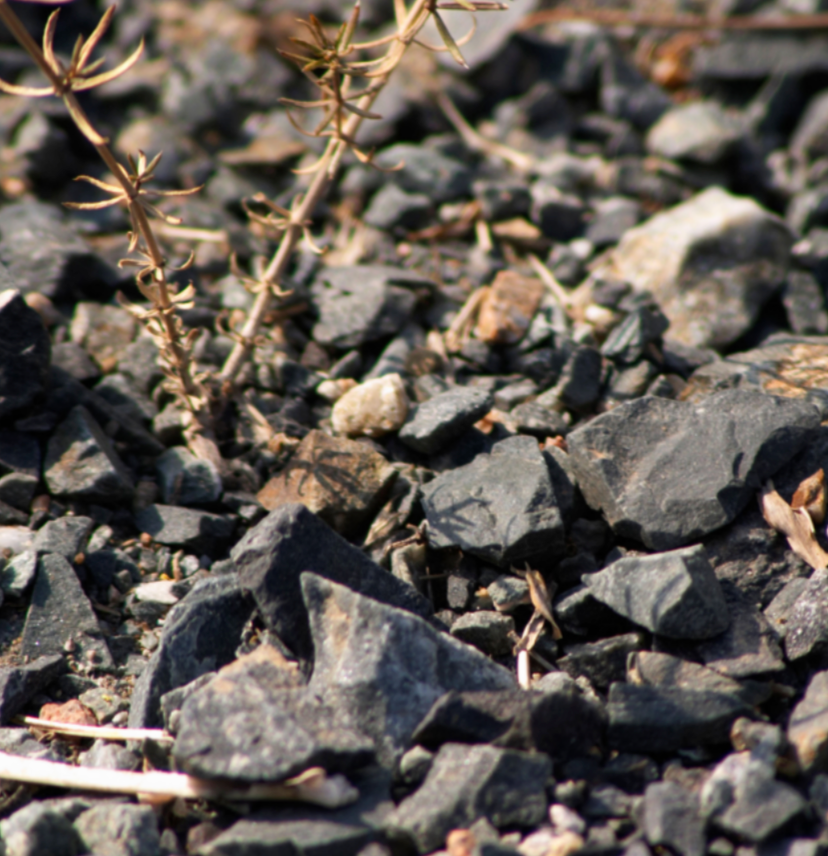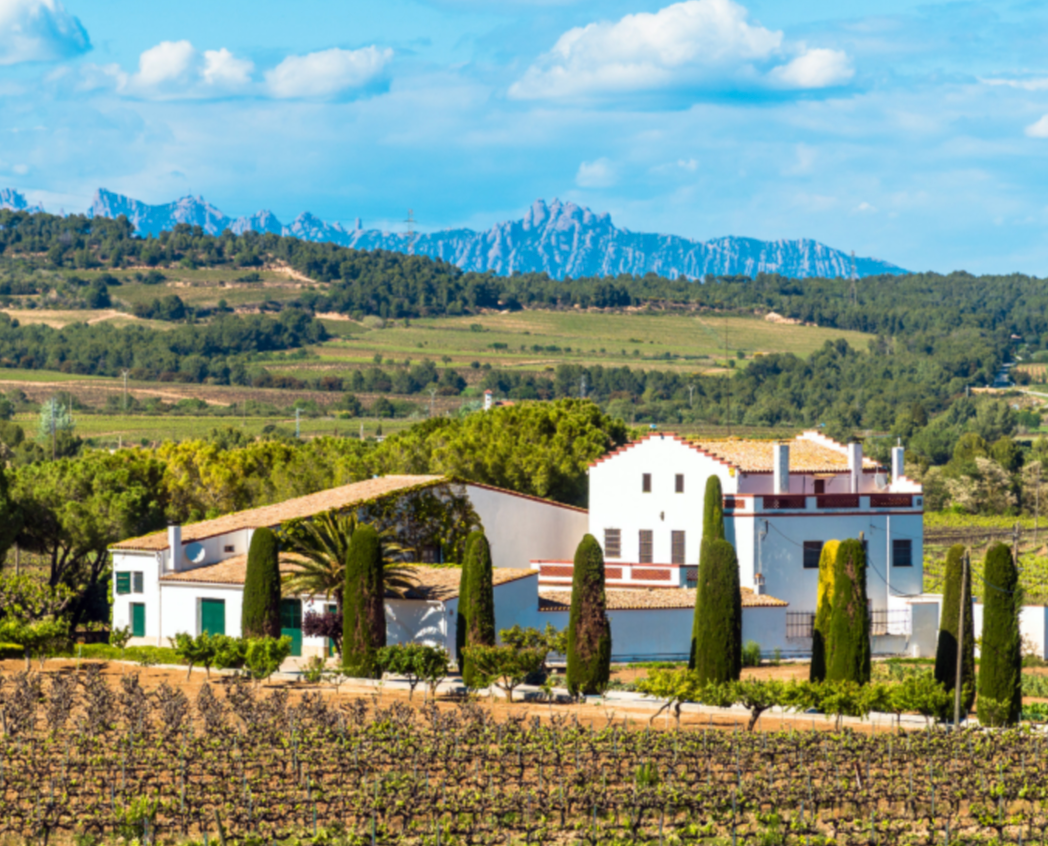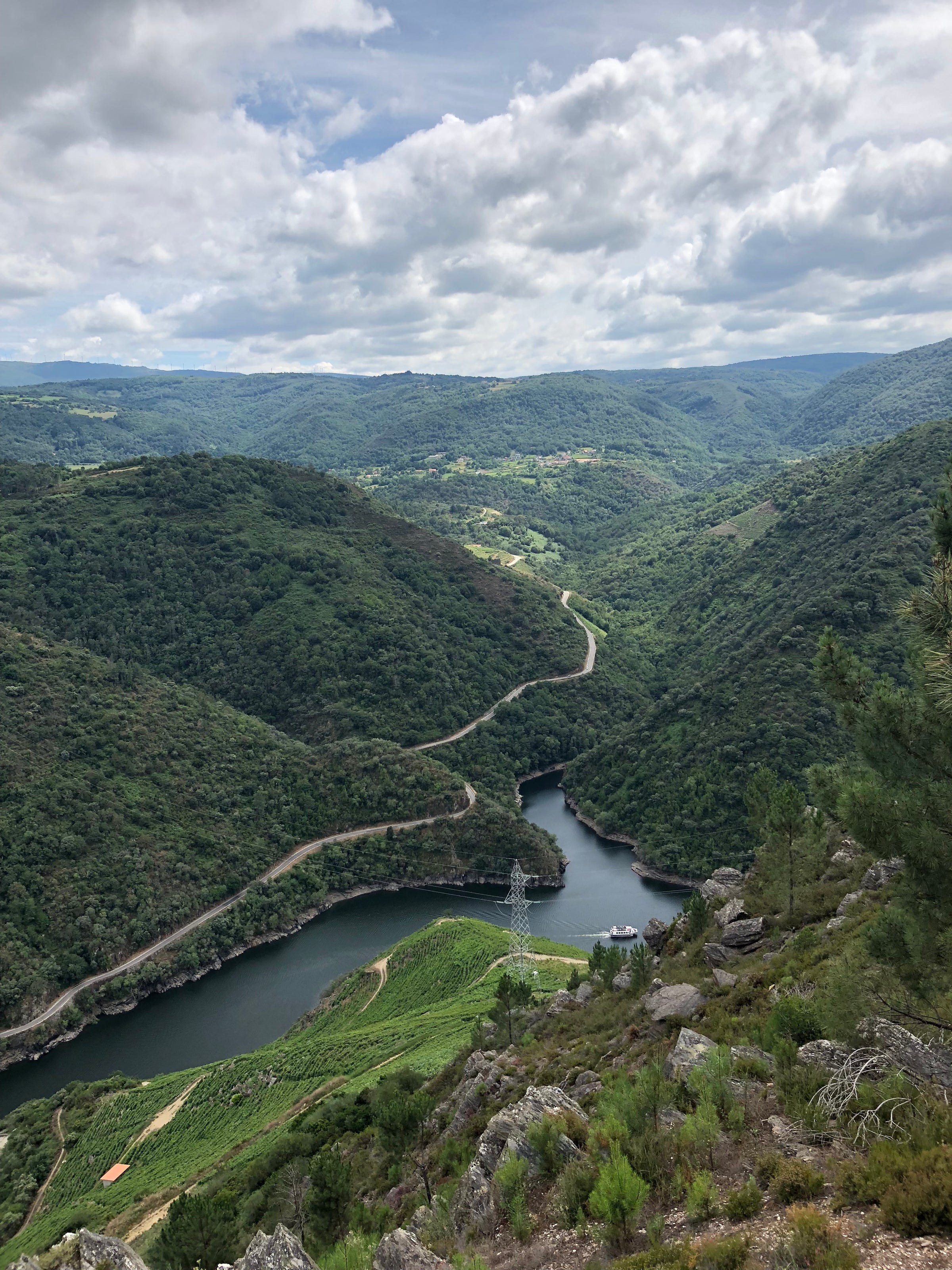Months ago, many of you heeded our request to experience one of the most vividly distinct, remote, and terroir-infused wines on planet earth. The grower was Dolores Cabrera, the grape was Listán Negro, and the place was the magical volcanic island of Tenerife, far off the coast of Morocco. With 100+-year-old organic vines clinging to the world’s third-largest active volcano, it’s not a stretch to say that Dolores Cabrera Fernández is custodian to some of the world’s most historic and exotic vines. From them, she delicately and naturally crafts mineral-dominated reds but one in particular, today’s “La Perdoma,” boldly stands above the rest.
This special, 224-case cuvée comes entirely from two ungrafted (original rootstock) parcels, making this raw material both ancient and extraordinarily rare. Truly, no other region in the world can replicate the smell and taste of today’s wine—coming from someone who’s tasted tens of thousands of wines, nothing is more refreshing and thrilling than that. And yet, for this limited, once-per-blue-moon experience, she charges less than $30. Need another testimonial? Legendary Spanish importer José Pastor describes Dolores as “a woman making wines so truly distinctive that we can imagine the mythical gods resting in their afterlife, sipping on Listán Negro and gazing out over the vast sea with the imposing Pico de Teide in the background”—yeah, what he said! If you’re new here and missed our firsthand account on the Canary Islands read on, otherwise, load up (six bottles maximum) and don’t look back!
I’m in the Canary Islands, March 2019. It’s well past midnight, and my colleague Mark and I are having dinner with the young legends that run cult label Envinate, who told us if we could only visit one up-and-coming superstar, it had to be Dolores Cabrera, so they called her up and booked us a meeting two days out. Fast forward through quite a few bottles, and we’re now getting a cab back to our coastal AirBnB just outside of Valle de Orotava. “Guachinche.” The cab driver’s gravelly, baritone voice rattled the car. “What?” we asked. His English was rudimentary, so I dusted off my Spanish minor and tried to understand more. “Guachinche, you must go to guachinche.” “Is it a place? A restaurant? A winery?” “Sí,” he said. Every sentence ended with a big belly laugh or a smoker’s cough from the driver, followed up by just how incredible guachinches were. And so, we spent the entirety of a bumpy, 40-minute cab ride confused, trying our best to break through the language barrier. When we exited the van, we were no closer to understanding the meaning of this cryptic word. We also didn’t have any cash, so he gave us his cell number and told us to call him when we did...
Two days later, and after several phone calls to the cab driver went unanswered, we found ourselves shaking hands with Dolores Cabrera Fernández, a woman who’s clearly spent a lifetime outside in the vines. She exudes so much charisma, energy, and wisdom as she walks us out to the small barn out back and samples us through her vivid, intensely volcanic Listán Negro—a taste like no other. Turns out, it’s her birthday today, but she makes sure not to mention that until we’re nearly done with the tasting. We start apologizing profusely and offering to buy her lunch. She says no need, to join her instead, just up the mountain at her favorite guachinche.
“That word — guachinche!? What is it?” She laughs at our zealous intrigue and explains that they’re small eateries throughout the island serving up authentic homemade food and wine. So, we all piled into her car and puttered up a network of narrow dirt roads. We ate a wonderful spread of bites, drank some homegrown wine out of shiner bottles, and said our goodbyes. And then, fate struck: While walking out, we crossed through a number of patrons and noticed a rumbling, baritone voice coming from a portly man on a bench. I stopped and looked at Mark. “No way.” I asked the man if he was a cab driver. “Sí.” I asked if he remembered us. He took a long drag off a stubby cigarette, pulled down his sunglasses, and then erupted with a grin the size of the Atlantic. “Guachinche!” he roared. We paid the man, thanked him, and went on our merry way. And that, my friends, is the wild story of how we came to know and love the wines of Dolores Cabrera.
Her 100+-year-old Listán Negro—an indigenous grape that is believed to have no genetic relationship to any other on the planet—are trained in the traditional Cordón Trenzado method, wherein the “arms” of the grapevine are fashioned into long, winding braids that stretch out for dozens of feet. Today’s “La Perdoma” exclusively comes from two parcels that are planted on their original European rootstocks, something only a microscopic fraction of the world’s vine population can claim. Dolores farms each one organically and meticulously, and only employs women during harvest, as she believes they have more of a delicate touch (no argument here!). In the winery, her grapes saw a 12-day carbonic maceration before the clusters were de-stemmed. Fermentation was finished in stainless steel tanks and, after six months, the wine was bottled without fining. She then waited eight months before release.
Forget the sommelier crowd: I’m confident that anyone who tastes today’s 2018 “La Perdoma” will be able to consistently identify Listán Negro in a blind tasting for the rest of their life. I don’t speak lightly when I say it smells and tastes like nothing else in the world. Right upon pulling the cork, the wine is full of reduction but allow it 60 minutes in a decanter and its true colors shine. It fills the glass with a deep purple and emits some rip-roaring aromatics: shriveled black cherry, ripe black raspberry, potent herbs, crushed volcanic rock, smoked meat, whole white pepper, iron, and a perfumed fusion of rose and violet. It’s intense, brooding even, yet always high-toned and precise due to an astounding level of minerality and acidity. If you enjoyed her first wine, buckle up for an even higher level of thrill and distinction. Drink now and over the next five years. Cheers!







